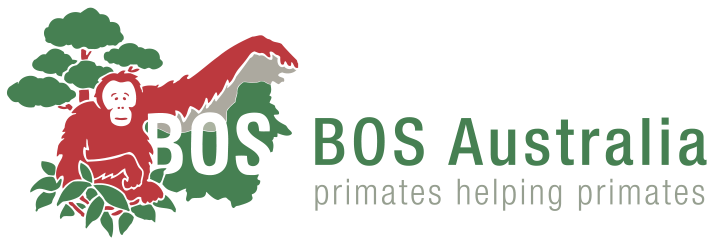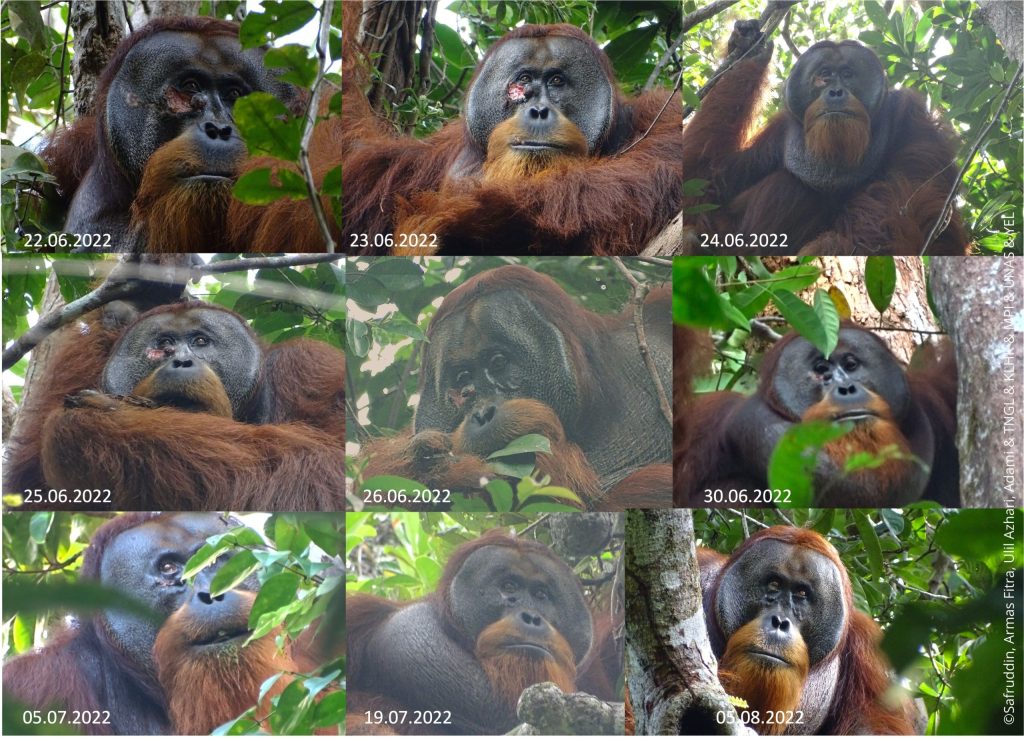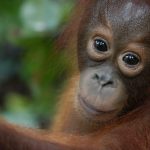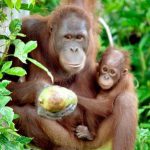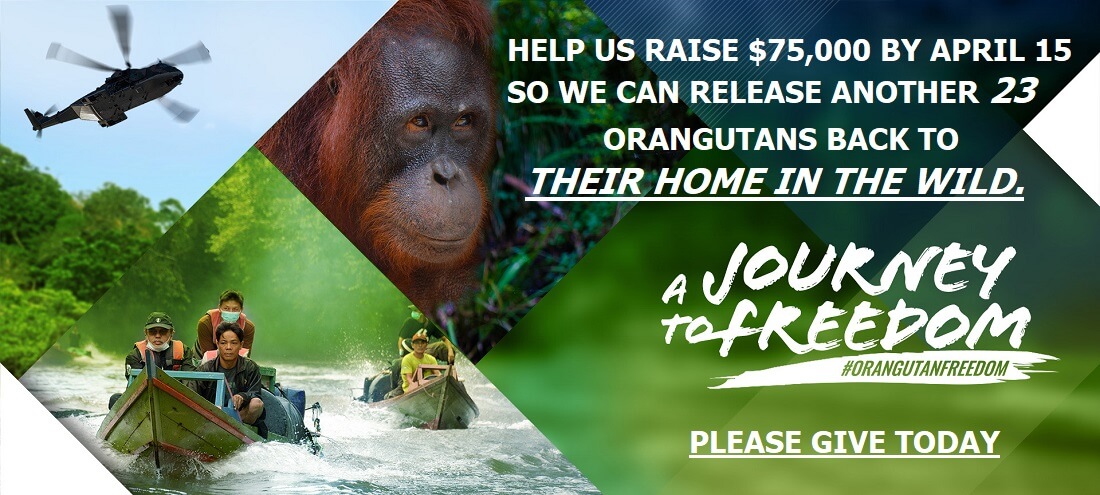RAKUS HEALS HIS OWN INJURY
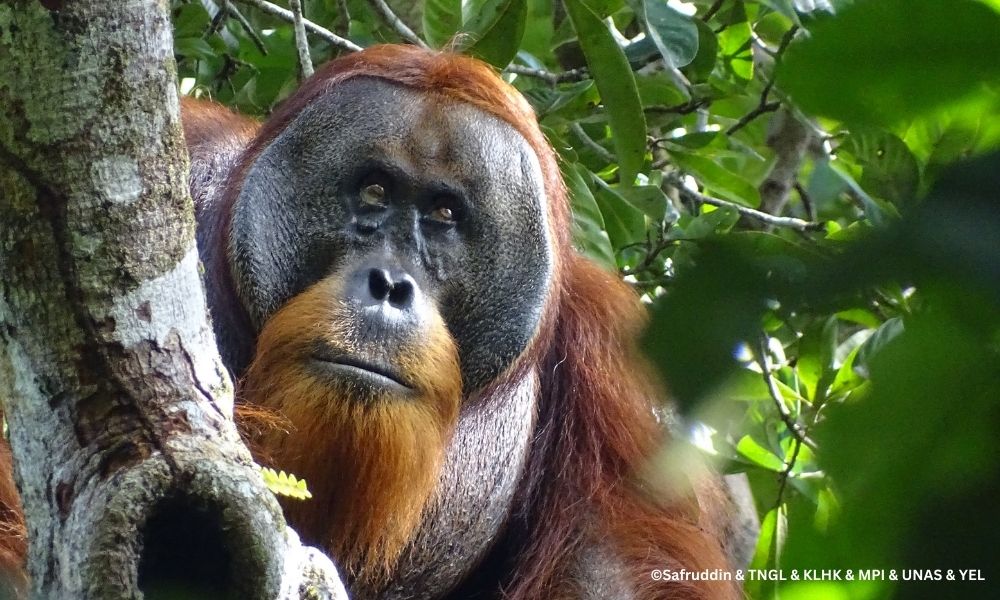
Researchers observed a male Sumatran orangutan self-treating his facial wound with a healing plant.
Even though there is evidence of certain self-medication behaviours in animals, the evolutionary biologists from the Max Planck Institute of Animal Behavior, Germany, and Universitas Nasional, Indonesia, say this is the first systematically documented case of active wound treatment with a plant species that contains biologically active substances by a wild animal.
The study took place at the Suaq Balimbing research site, a part of the Gunung Leuser National Park in South Aceh, Indonesia. This protected rainforest area is home to approximately 150 critically endangered Sumatran orangutans.
On June 22, 2022, the scientists first noticed that male Rakus had sustained a facial wound on his right flange, most likely during a fight with a neighbouring male. Three days later, Rakus selectively ripped off leaves of a liana with the common name Akar Kuning (Fibraurea tinctoria), chewed on them, and then repeatedly applied the resulting juice onto his wound. Lastly, he entirely covered the injury with the chewed leaves. By June 30, the wound was closed; by August 25, it was barely visible anymore (see Rakus’ healing process in the photos below).
Isabelle Laumer from the Max Planck Institute of Animal Behavior, the first author of the study, states that this and related liana species found in the tropical forests of Southeast Asia are known for their pain-relieving and fever-reducing effects. They are used in traditional medicine to treat various diseases, such as malaria. Laumer further adds that the substances in the plant have antibacterial, anti-inflammatory, anti-fungal, antioxidant, and other biological activities relevant to wound healing.
The scientists assume Rakus’ behaviour was intentional, as he selectively treated the facial wound on his right flange several times over a considerable amount of time.
While researchers have not yet seen active wound treatment with a healing plant in Bornean orangutans, scientists observed them chewing leaves of Dracaena cantleyi to create a white, soapy lather, which they then rubbed onto their upper arms or legs.
Given that they saw primarily adult females performing this behaviour, one possible explanation may be that the extra weight added by carrying their offspring when climbing causes them pain. Hence, they rubbed the lather mainly on their arms. Interestingly, the indigenous Dayak people use the same plant to treat sore muscles and joints.
